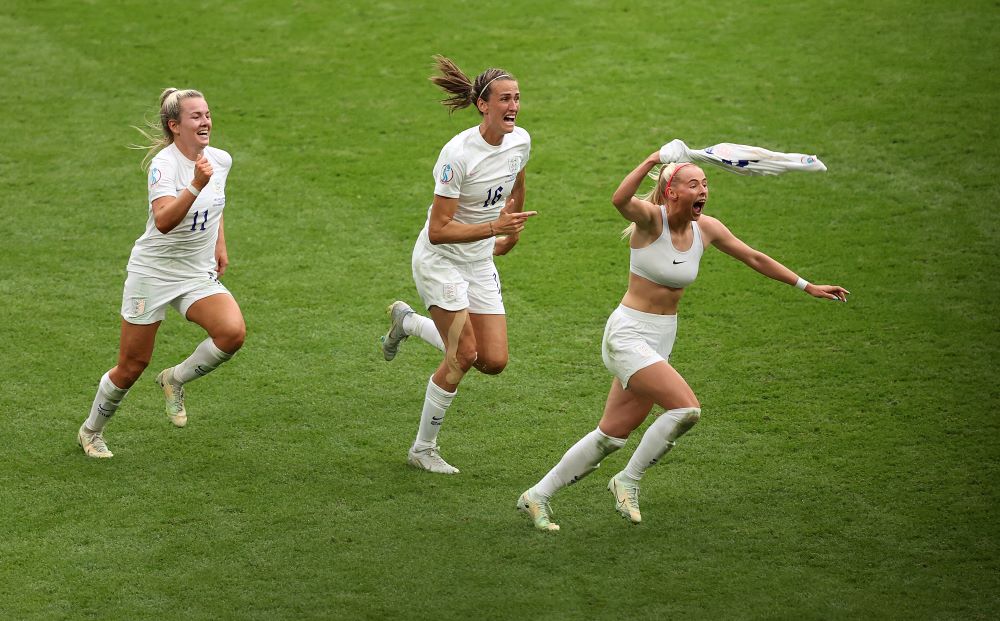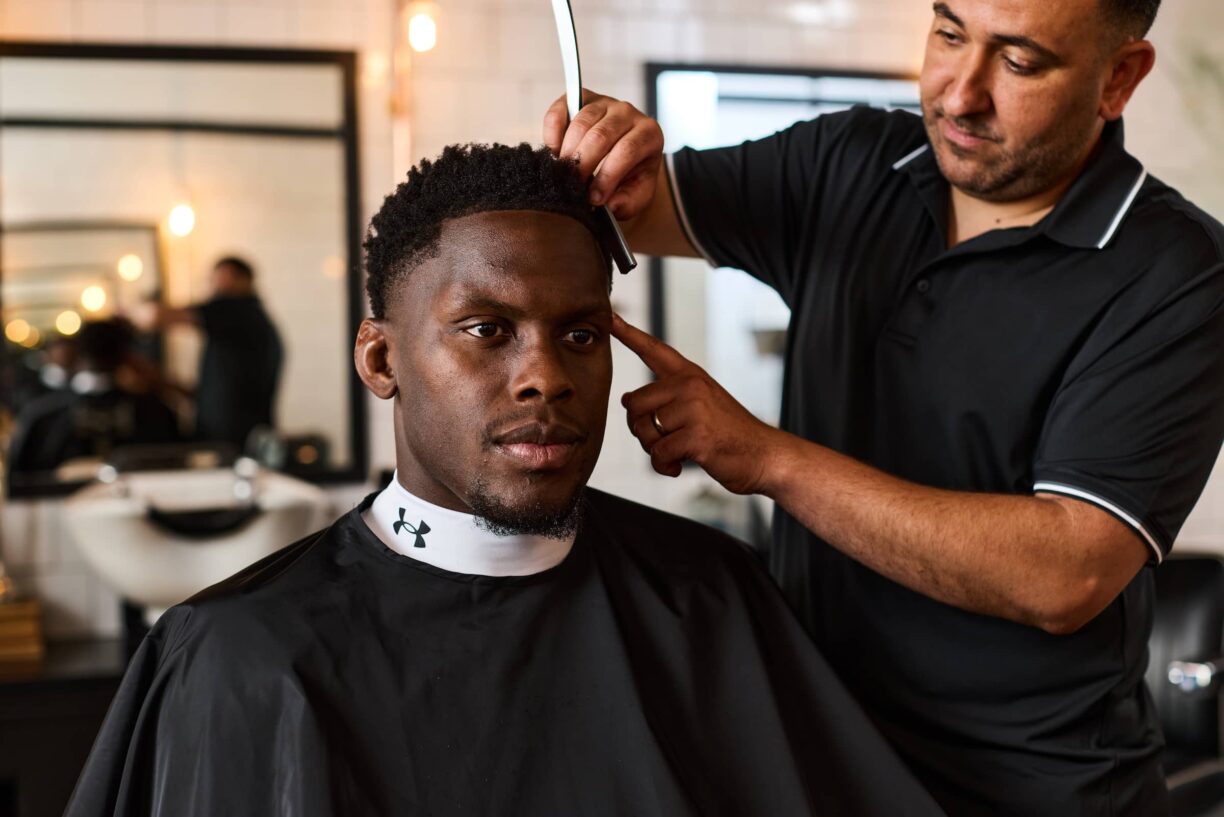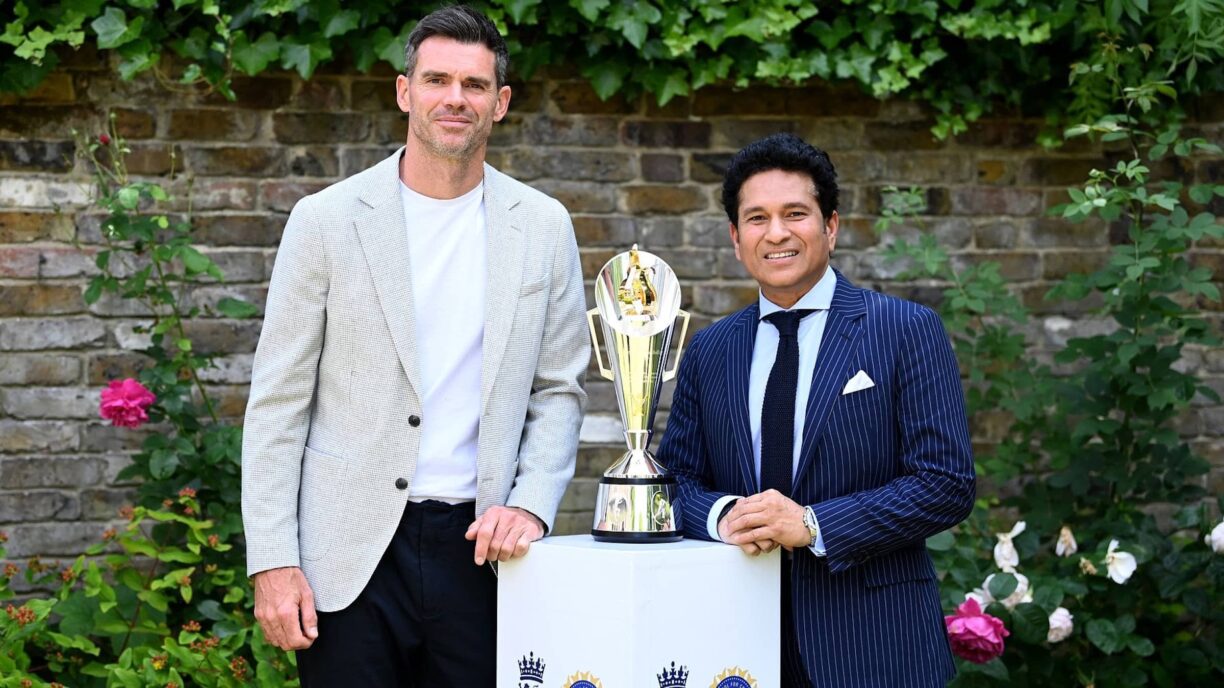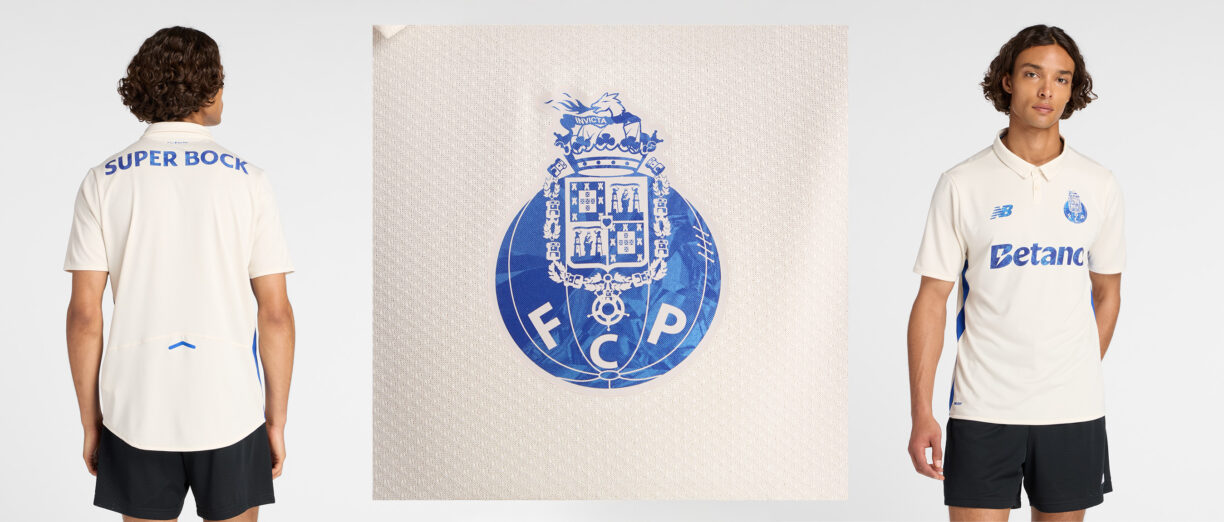Serena Williams’ recent announcement that she is stepping down from professional tennis as the sport isn’t conducive with being a mother, has highlighted one of the barriers that women face in the industry.
Women and girls, taking part in sport and fitness at all levels, from elite performers to those attending a weekly fitness class, often rely on a range of support to facilitate their participation and performance.
The Open University’s (OU) free learning site, OpenLearn has just launched a course using cutting-edge research and academic insight to outline practical steps that women and those that work with women can take to improve the participation and sporting experience of women.
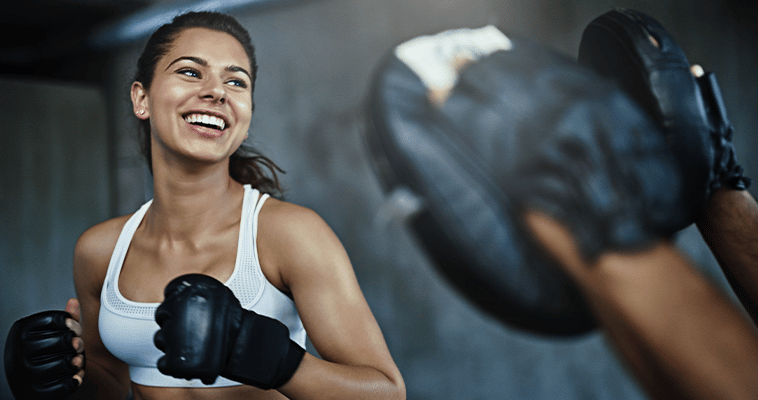
I spoke with Simon Rea, Sport and Fitness academic at the OU, who has been part of the team working on the OpenLearn course, ‘Supporting female performance in sport and fitness’.
Using material from the course, he discusses the top five ways to enhance the sports opportunities and experiences of women in sport.
- A better understanding of how the menstrual cycle impacts performance
A healthy menstrual cycle is reflective of a healthy body, but symptoms such as cramps, fatigue and headaches can deter some women from sport during their period.
Improving body literacy through tracking the monthly cycle and being mindful of hormone changes, can help with planning the intensity of training.
There needs to be a more open conversation about women’s health. If you are a coach or train women of any age, it is important to create a safe and comfortable space for women to talk about their periods.
Organisations can also take practical steps like ensuring female toilets in all sports facilities have bins for sanitary towels and that free sanitary products are available.
Also, female athletes should be able to choose the appropriate fit and colour of clothing while they’re having their period – it’s not necessary to perform well in sports.
- Understand how hormonal contraceptives affect your body
Whether women take contraceptives to avoid pregnancy or to regulate their period, the hormones can impact performance and mood just as much as a natural cycle.
Evidence suggests that taking a hormone contraceptive can reduce endurance performance by as much as 11% (Elliott-Sale et al., 2019), as well as having side effects like weight gain.
However, every woman is different and may react to hormonal contraceptives in various ways. As with a natural cycle, it is important that women track their symptoms so that they can prepare practically and emotionally for any fluctuations. This will also help with making a well-considered decision about whether to use hormonal contraceptives.
- Importance of the pelvic floor muscle
All women have a pelvic floor, yet many people know very little about it. Understanding where the pelvic floor is, and its purpose is really important.
Understanding the causes of dysfunction and being proactive with exercises could minimise the risk of losing pelvic floor function.
The main sign of pelvic floor dysfunction is leaking urine. This might happen when laughing, coughing, sneezing or taking part in sports or exercise.
Although it is not life-threatening and it doesn’t feel like an injury, it can really affect women’s enjoyment of sport and many women will give up fitness because of this.
A woman can locate her pelvic floor when she’s going to the toilet by stopping the flow of her urine or tightening her muscles to prevent herself from breaking wind.
Every woman should be able to have a pelvic floor that can hold strength for 10 seconds. So, when you’re doing your exercises, you want it to be able to lift for at least 10 seconds.
The pelvic floor can be trained by sitting comfortably and tensing the muscles used to find the pelvic floor 10 to 15 times. We recommend doing 10 slow and 10 fast lifts and repeat these exercises at least once a day.
- Choose the correct sports bra
Discomfort and embarrassment from an ill-fitting sports bra can deter women from participating in sport and exercise. Studies by the Research Group in Breast Health at Portsmouth University have shown that running with insufficient breast support can make exercise feel harder, increase the risk of injuries to the lower limbs, and decrease stride length by 4cm (Research Group in Breast Health, 2021).
There are three types of sports bras available:
- Compression bra – crop top style which pulls over the head and compresses breast tissue against the chest wall. Suitable for smaller breasted females.
- Encapsulation bra – separates to provide support to each breast individually. Centre part sits flat against the chest wall. Beneficial for larger breasted women.
- Combination bra – combines features of compression and encapsulation bras. Supports the breasts separately but also compresses them against the chest wall.
It is vital that women recognise the importance of appropriate breast support and breast health when participating in sport and exercise and that it is not considered a taboo or embarrassing subject. Instead, the sports bra should be seen as an essential piece of sports kit, just like a gum shield or shin guards. Coaches need to feel confident having conversations about breast support with their participants.
- Ensuring coaching style is matched to female athletes’ needs
While it’s not true for all females, there does seem to be some differences in how female athletes choose a coach and like to be coached.
Research shows that female athletes value the quality of their relationship with their coach, whereas men are often more interested in what the coach has achieved and who they have coached in the past.
Female athletes also tend to prefer democratic coaching styles, where they can have significant input into decisions made about their training and competitions (Norman, 2016).
If you are coaching women or leading a fitness class that is attended by women, take time to understand how the women you’re working with like to be trained, so that together you can achieve the best results.
To find out more about how to encourage more women to keep participating in sport and fitness, complete the free course, ‘Supporting female performance in sport and fitness’ on OpenLearn, or choose any areas of interest.
The course was created in partnership with The Well HQ, a free resource to help empower women in health, work and life.

